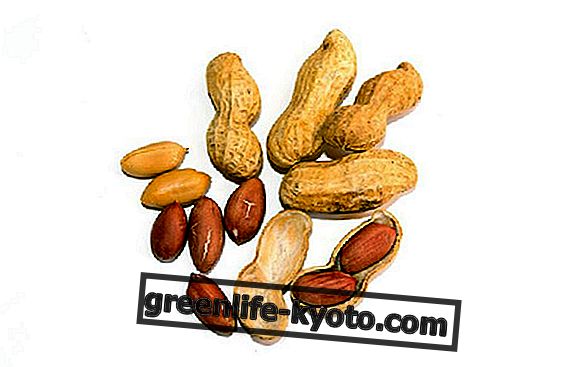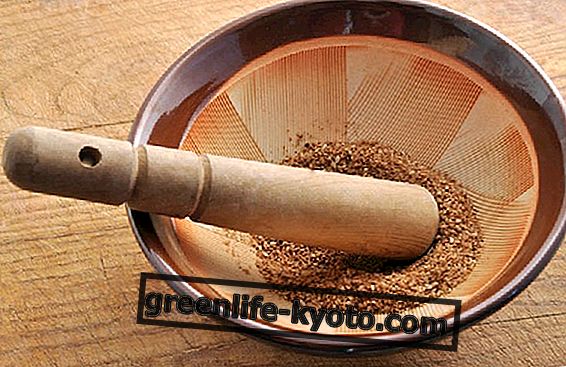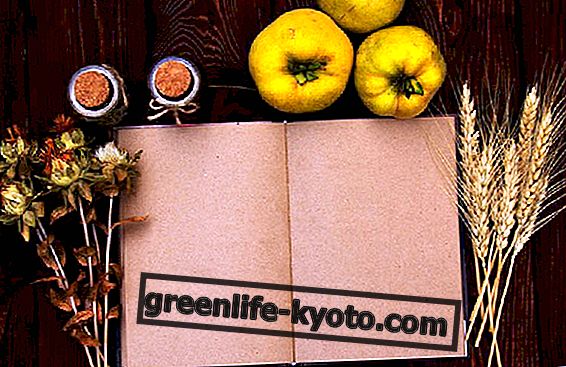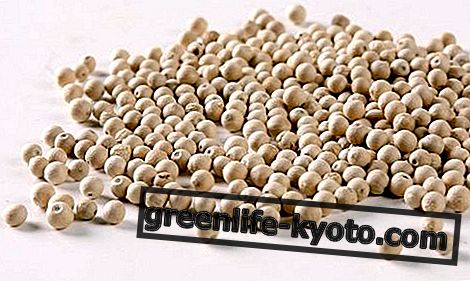The zero kilometer products are those found directly in the production area, with direct purchase from the producer and short chain. There is no intermediary passage between producer and final consumer. Let's find out better.

Origin of the name
The term “zero kilometer” in the agri-food sector begins to be common in the years between 2004 and 2007, when the media devotes some attention to the social phenomenon that, developing in that period, sought to emancipate itself from the chain of the great distribution to create environmentally sustainable purchasing documents, conscientious towards consumer health and economic for their pockets.
The name km 0 alludes to the number of kilometers that the product should do to reach the consumer, thus focusing on the cooperation of local producers, on the link with the territory, the rediscovery and preservation of local products and ancient flavors.
Another comparable expression is a short chain, understood with the meaning of direct purchase, with fewer possible passages between those who produce and those who buy and consume the fruit and vegetable product. In contrast we find the long chain of large-scale retail trade (GDO) with many steps (wholesaler, platform, retail store) that take place since the product is harvested in the grower's field at the table of the final consumer.
The 0 km products are essentially fruits, vegetables, legumes, milk, eggs, wine, meat, cereals and other food products, even if over time the genres are expanding beyond food products (eg: holiday packages to km 0).
The 0 km products on the organic shopping list: find out more

Zero kilometer product philosophy
Unlike the markets linked to large-scale distribution, which often causes great waste and high costs, the “zero kilometer” market has several positive aspects:
- Reduction of pollution and waste : use of fuels and the resulting emissions limited to a minimum thanks to reduced travel. This also involves less use of packaging and preservation systems (such as cold storage) and packaging.
- Quality : the products are always local and always fresh, guaranteeing the absence of products grown in foreign countries with poor quality controls.
- Territory and tradition : direct knowledge of producers, collaboration between producers and consumers, the possibility of visiting and controlling companies, direct involvement in social activities and development of interpersonal relationships, in addition to the recovery of flavors and tastes typical of local foods and traditional recipes.
- Reduction of costs : the absence of intermediaries between producers and consumers and the reduction of shipping and fuel costs makes it possible to spend less.
In practice, how to buy products at Km 0
The success of zero-kilometer products has awakened people's interest in social agriculture and related projects.
This has led to the adoption of more ethical and green-minded behavior even by the names of large retailers, so much so that we can find ecological corners at zero kilometers in many supermarkets.
Currently in Italy various regions adhere to the proposals of Coldiretti for promotion of zero kilometer markets, passing laws in this regard.
This type of purchases, as well as in local farmers' markets, finds its development in solidarity buying groups (GAS), precisely because of their aggregative form based on more people who order directly to the producer creating networks of relationships of trust and mutual support.
A last way to find products at Km0 consists of a direct sales point ( farmer market ) that the farmer opens in his own.
Obviously the range of products that can be offered with this system cannot be as varied as that of the supermarkets being limited to territoriality: we could never consume oranges in Val d'Aosta or radicchio from Treviso in Calabria. On the other hand, by buying fruit and vegetables at Km 0 we will support local food producers and encourage consumers to be more careful and more aware of their purchases.
In addition, the products consumed will be very fresh, genuine, traditional foods and above all will respect the seasonality that during the entire annual cycle gives all the nutrients and beneficial substances in the crops to keep our body in excellent shape according to the place of origin. .
READ ALSO
Zero-impact products: what they are and why they are defined as such













